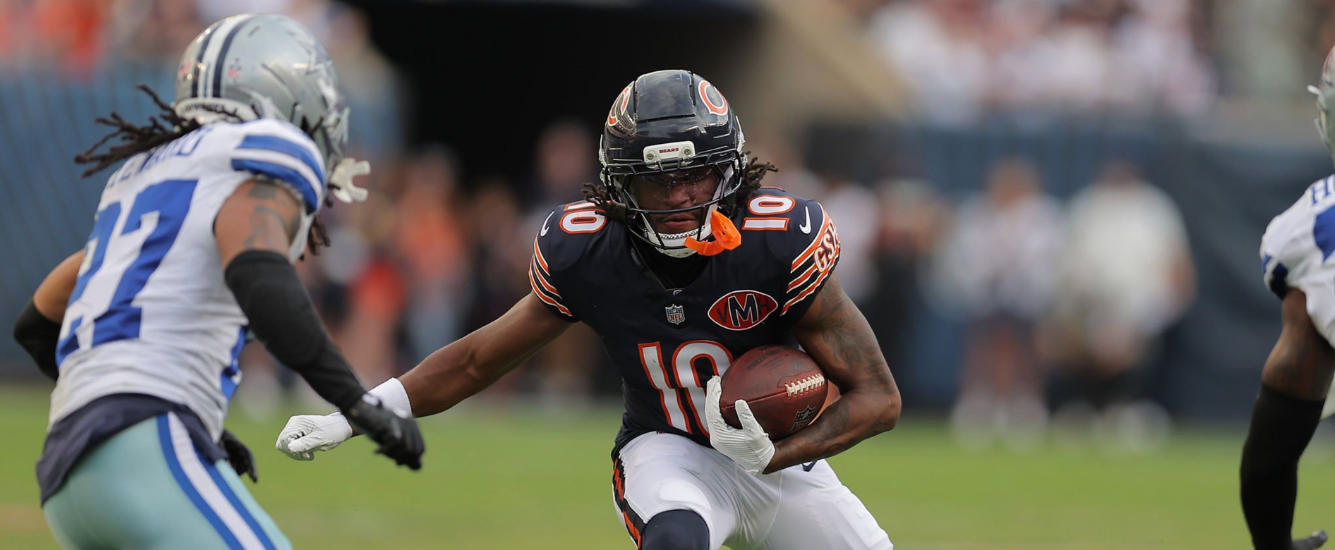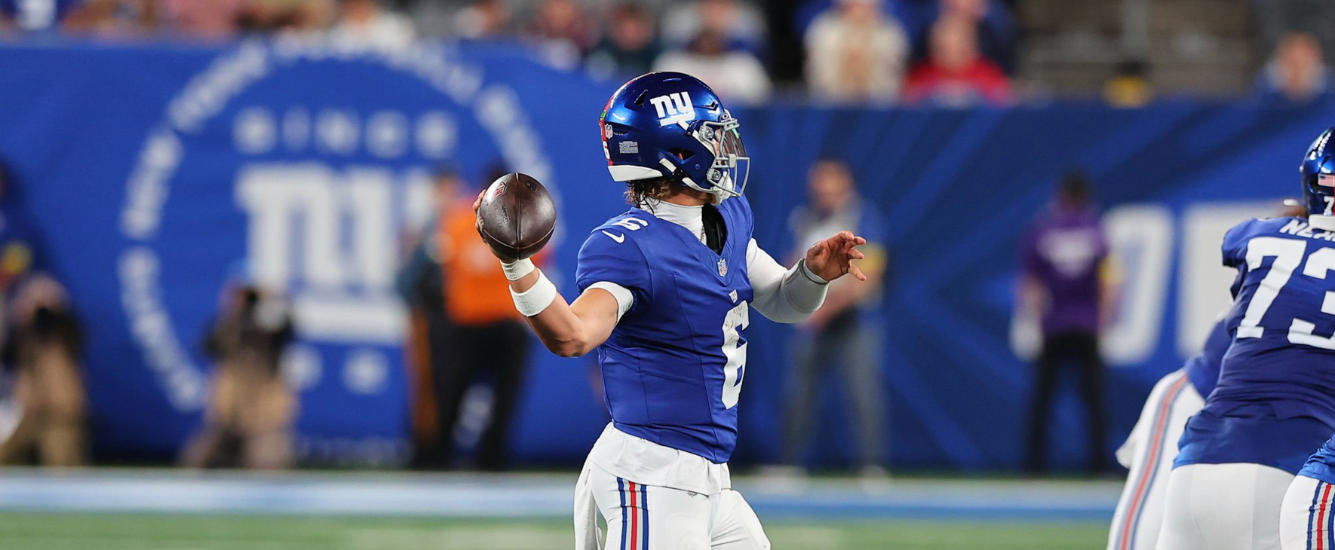NFL Best Ball drafters have been applying the concepts of stacking learned in DFS to Best Ball Playoff Tournaments. Last week we went through the most popular macro-level stacks, including the common QB-WR1 and QB-WR2 stacks, as well as a very unsuccessful stack that is still commonly drafted.
While stacking your studs like Josh Allen to Stefon Diggs and Patrick Mahomes to Tyreek Hill are obviously some of the best raw stacks for accumulating fantasy points, I tend to think about stacking differently than the public. Anthony Amico summed up my thoughts very nicely in this tweet thread:
Stacking thought: When stacking in DFS, I am often looking to correlate with at least one of my pieces it is difficult to extract points from (based on position, ownership, salary, or a mix of those things)
We should be considering these same points when stacking in best ball
— Anthony Amico (@amicsta) June 22, 2021
Stacking is a way to correlate outcomes in order to have multiple players “hit” at the same time – essentially making a two-player uncorrelated parlay into a one-player stacked bet. Therefore, stacking our studs isn’t necessarily improving our roster’s hit rate probability because we should already assume our early-round studs are going to “hit.” Instead, I prefer to stack my lower probability players (or as Amico phrases it: pieces that are difficult to extract points from). If we can correlate the pieces that are normally difficult to extract points from so that we get multiple low probability hits on the same team, then we can build a juggernaut roster that’s capable of outscoring thousands of opponents.




















